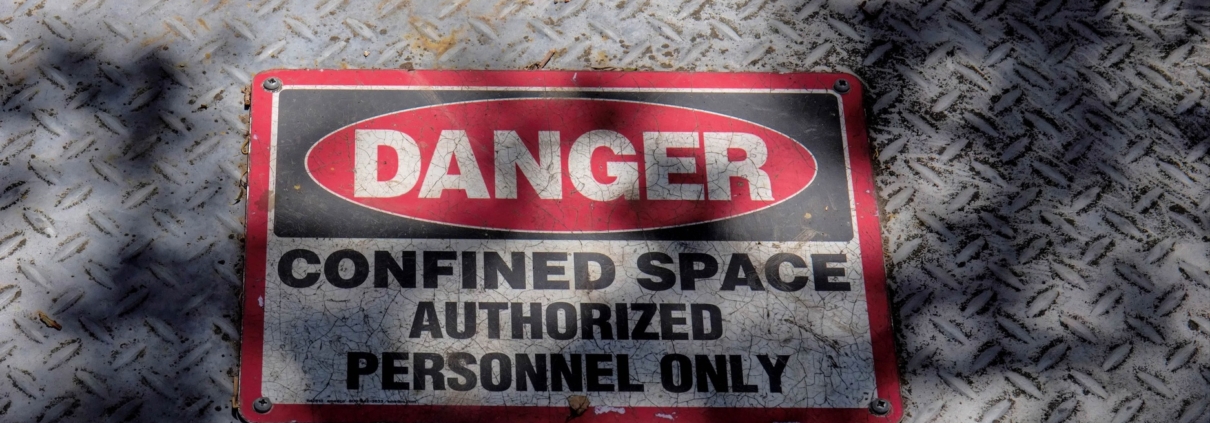Confined Space Safety Programs
Job safety is important and there is always some element of danger for working people. Some occupations are especially hazardous because of the nature of the job, tools and materials used, or the environment.
Working in confined spaces is among the most potentially dangerous of jobs. There are many construction jobs that involve working below ground, under buildings, or in other tight spaces. Workers face dangers due to a hazardous atmosphere, engulfment, or entrapment.
Every employer in these types of occupations must have a thorough confined space safety program in place. It reduces the risk of injuries to employees and also allows for rapid rescue and treatment of injuries should an accident occur.
Training and Planning
The best way to avoid accidents is to anticipate and prepare for them. All managers, supervisors, and employees should take a training course approved by OSHA and MSHA that teaches proper safety procedures as well as rescue techniques, and how to use equipment properly.
Having regular drills and inspecting safety and rescue equipment, including manuals, is vital to keep everyone on a job site prepared to deal with any dangerous situation in a proper and safe manner.
Documentation
Safety procedures must be written down and accessible to everyone who works in or near the confined space. These documents must be thorough and include all necessary information.
- A complete glossary explaining all terms relate to working in confined spaces, safety and rescue procedures
- A description of the overall safety policy
- An inventory of all confined spaces, their locations on the job site, physical descriptions, and the work performed in them
- A flow chart of decisions made in confined space emergencies
- The unique hazards and potential dangers of each confined space
- The training and experience requirements of each job including supervisors, managers, and safety personnel
- List of safety and rescue equipment, how to use it, and where it is stored
- Procedures for atmospheric testing and respiratory protection
The documentation should also include forms for incident reporting, record keeping, debriefings, and work reviews. Documentation must be updated and revised as needed. This will help improve the program and reduce the likelihood of future incidents. Periodic testing of air quality in spaces that may contain airborne contaminants is also a must. The time to find the danger is before anyone is in it.
Safety First
Given the incredible risk of injury and death in a confined workspace, the safety and rescue programs, training, and documentation must all be in place well before any work is done in the space. Experts in hygiene, engineers, equipment manufacturers, and the employees who work in these types of spaces, should all be consulted and their suggestions listened to and considered for implementation. You can never go too far when it comes to confined space safety programs.
One of the most dangerous kinds of work environment is a confined space. Accidents that can lead to serious injury or death are very real threats. Contact Construction Safety Experts at (919) 463-0669 for expert help in putting together a confined space safety program that will allow all employees and managers to do their work safely.








